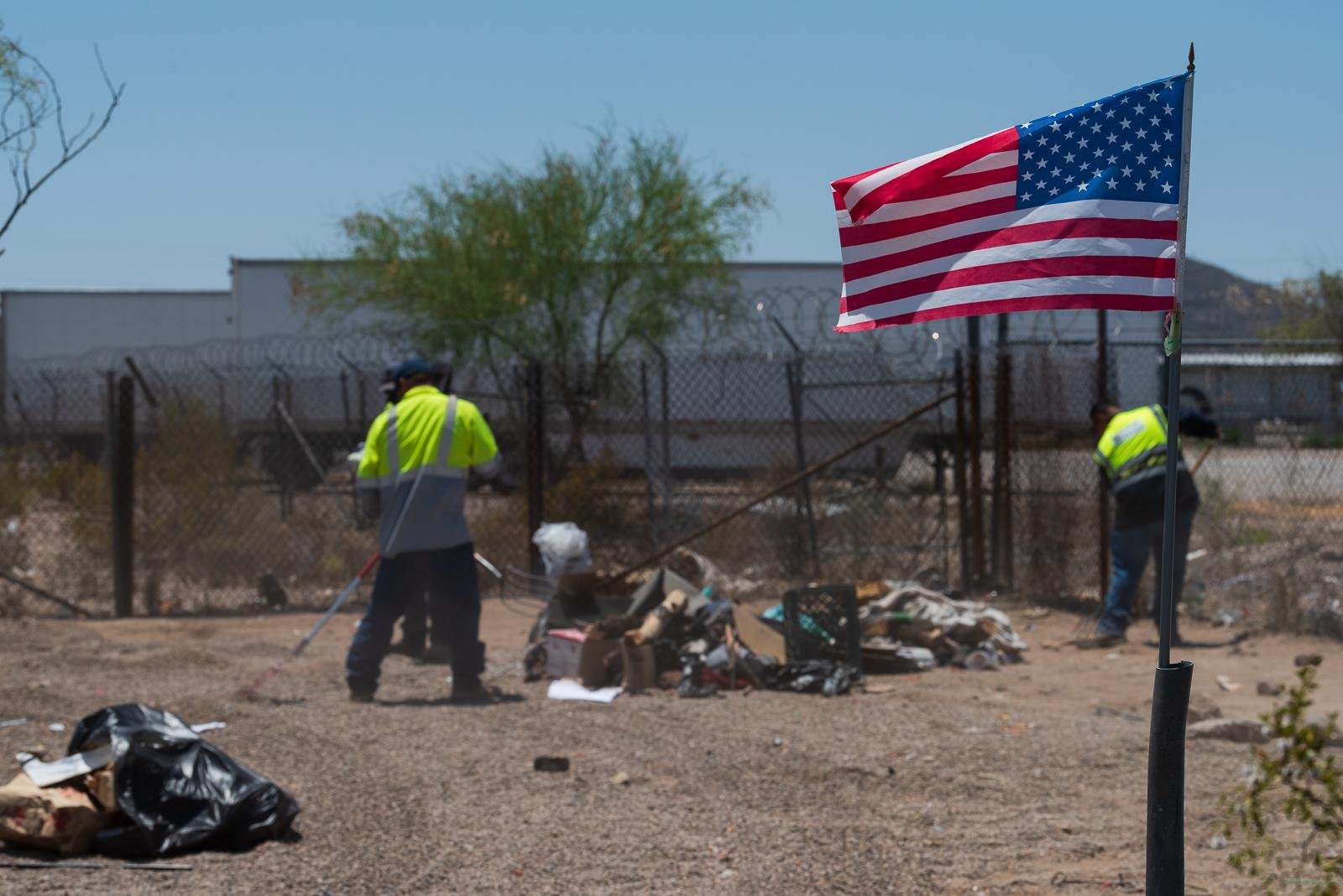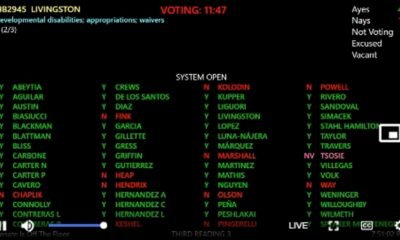Business
Pima County Officials Scramble to Clarify Uncertainty Around Prop 312’s Property Tax Refunds for Homeless Residents

Starting next year, Arizona property owners may be eligible for tax refunds if they can demonstrate that their local government has allowed loitering, camping, and drug use by homeless individuals in their vicinity. This initiative, known as Proposition 312, passed with 58.6% of the vote and aims to address issues related to homelessness and associated criminal activities.
As January approaches, local officials are grappling with challenging questions about the implementation and financial implications of the new law. At a recent Pima County Board of Supervisors meeting, members sought clarification from County Administrator Jan Lesher about the practical effects of Proposition 312, including potential impacts on the county budget.
“I’m not only interested in the potential cost of Prop. 312; I also need clarity on the procedural aspects,” said Supervisor Rex Scott. Board Chair Adelita Grijalva echoed these sentiments, indicating widespread uncertainty among officials.
Pima County Treasurer-elect Brian Johnson expressed caution, stating that no payments under the new measure would be approved until a legal framework is established. “Until the Legislature creates a process, this is a moot point,” Johnson remarked.
According to Proposition 312, property owners can apply for refunds through the Arizona Department of Revenue, which will then allocate funds from the local government deemed responsible for the public nuisance. Refunds are capped at the amount of primary property taxes paid in the previous year but may be reissued in following years if the situation continues. If an application is denied, homeowners can seek judicial review.
As for the cost implications, Johnson suggested that creating a system to handle claims could lead to a slight increase in property taxes. In Tucson, primary property taxes are assessed at about 43 cents per $100 of a property’s value, generating significant revenue for the city’s budget.
The overall property tax rate in Pima County stands at approximately $5.10 per $100 of a property’s net taxable value. This year, property taxes across various jurisdictions in the county total over $1.54 billion, supporting public safety, health services, and local operating costs.
Johnson, a Democrat, opposed Proposition 312, claiming it addresses fears rather than real solutions. Support for the initiative split largely along party lines, with some Republican lawmakers championing the measure while many Democrats, including Tucson’s Mayor Regina Romero, criticized it as counterproductive to community welfare.
To qualify for refunds, property owners must provide documentation of expenses related to public nuisances and demonstrate that their local governments have been ineffective in addressing these issues. Jamie Podratz, a public policy advocate for the Arizona Housing Coalition, highlighted the need for a robust administrative structure to manage the expected claims and expressed concerns about the financial strain it could place on cities.
Despite concerns, local proponents like the Tucson Crime-Free Coalition argue that the measure empowers citizens to hold local officials accountable. Josh Jacobsen, a restaurant owner and steering committee member, emphasized the need for community safety, linking the proposition’s support to residents’ frustrations with rising crime rates impacting private property.
Jacobsen shared his own experiences with vandalism and crime, detailing the emotional and financial toll on his business. He described a deteriorating environment that requires him to invest heavily in security measures, further underscoring the challenges faced by business owners amidst rising homelessness and associated issues. While he does not plan to apply for a tax refund, he acknowledges the necessity of Proposition 312 as a financial offset for those adversely affected.


















